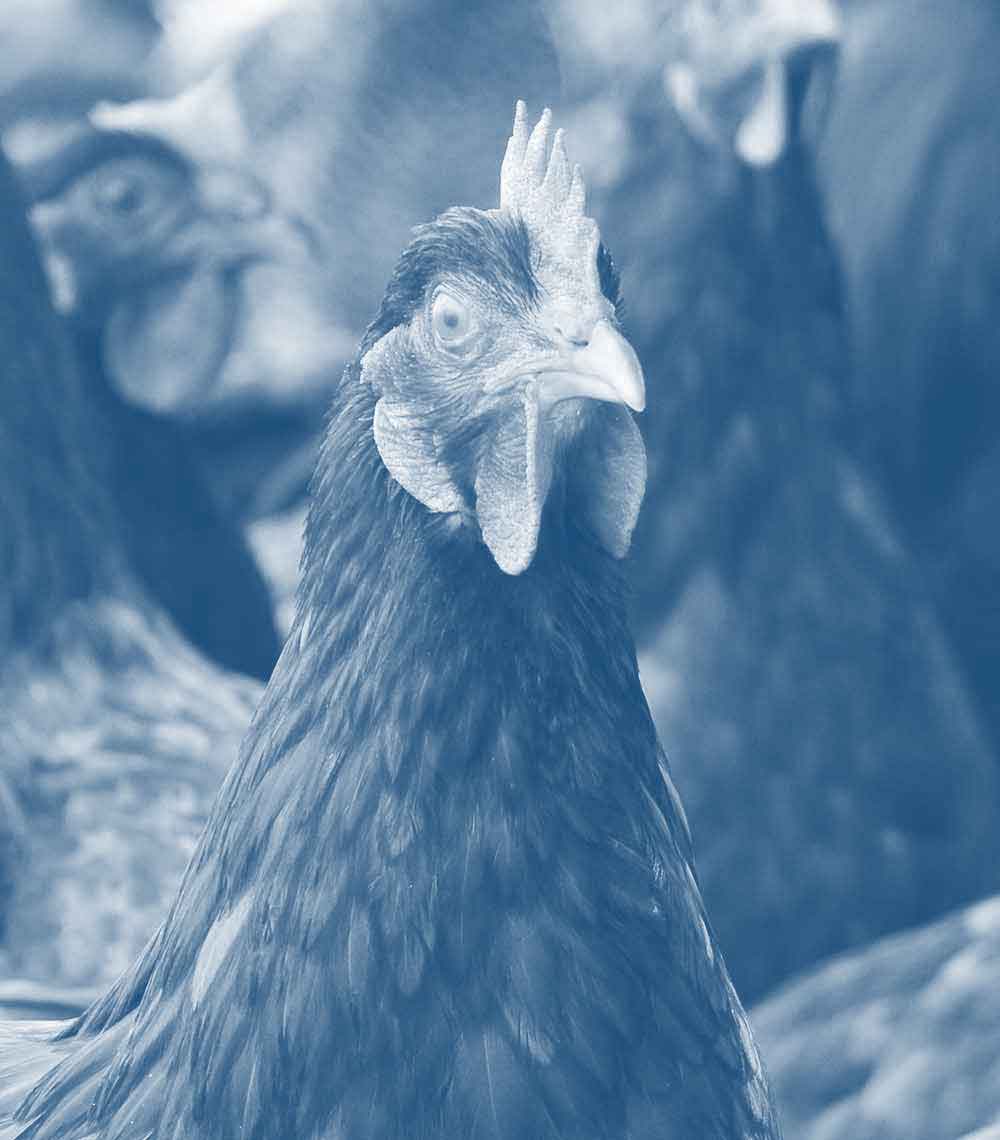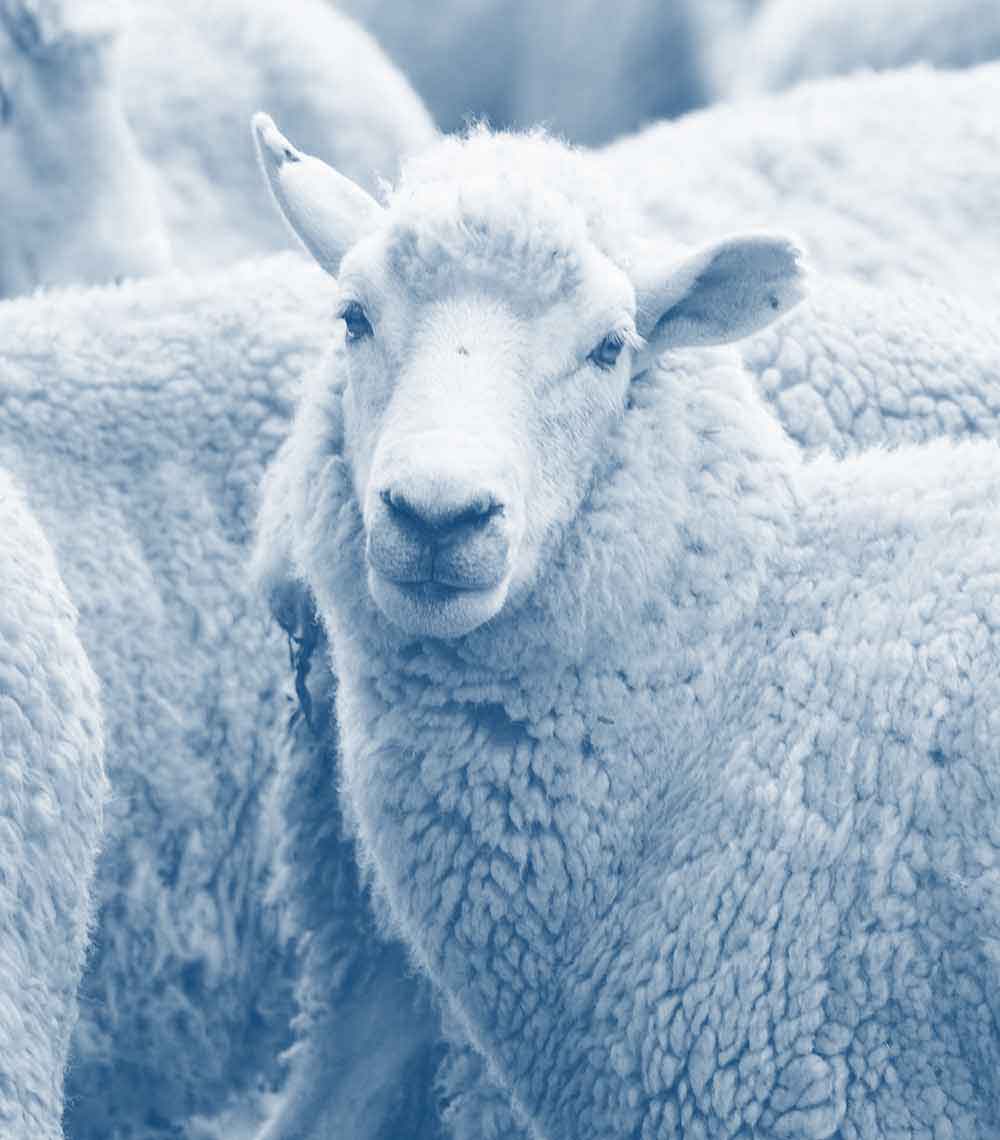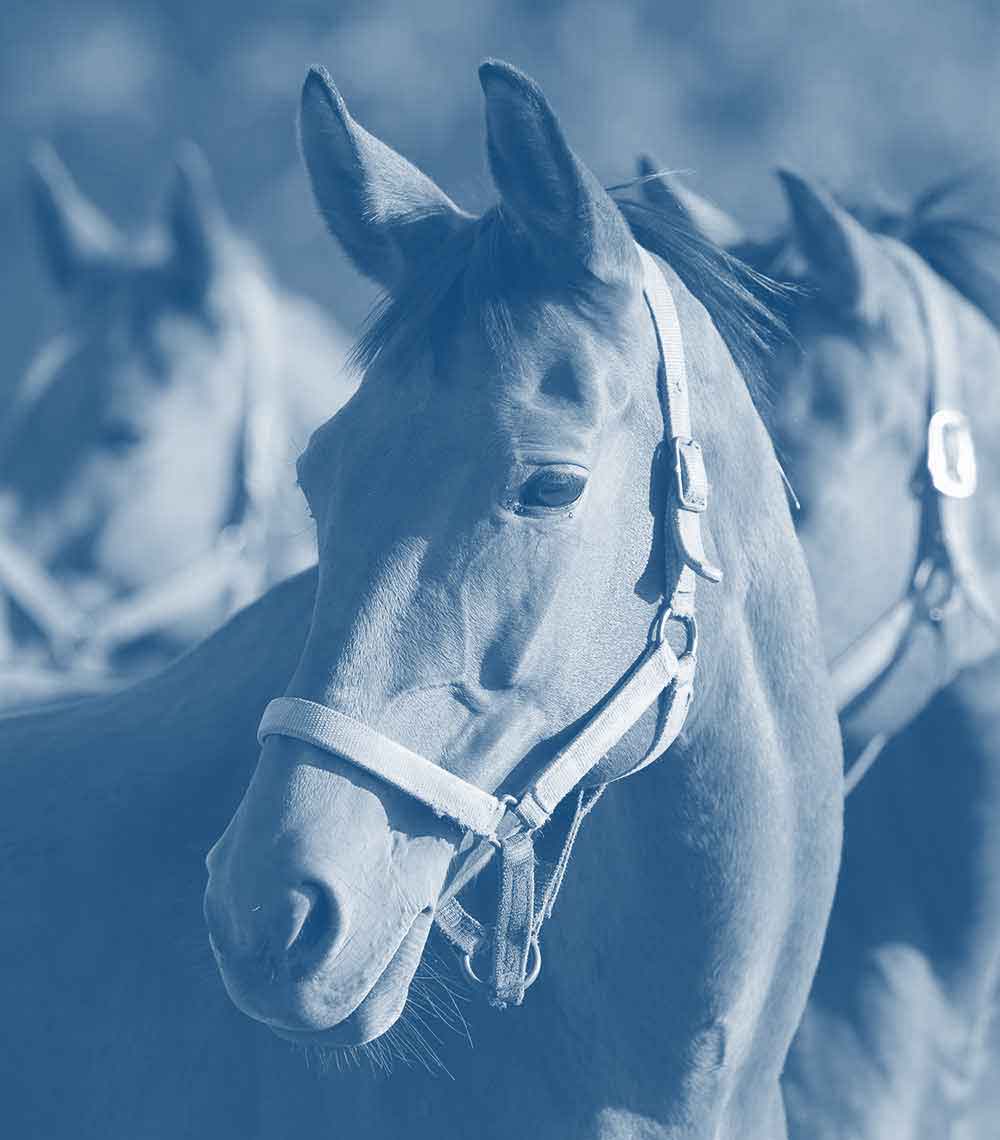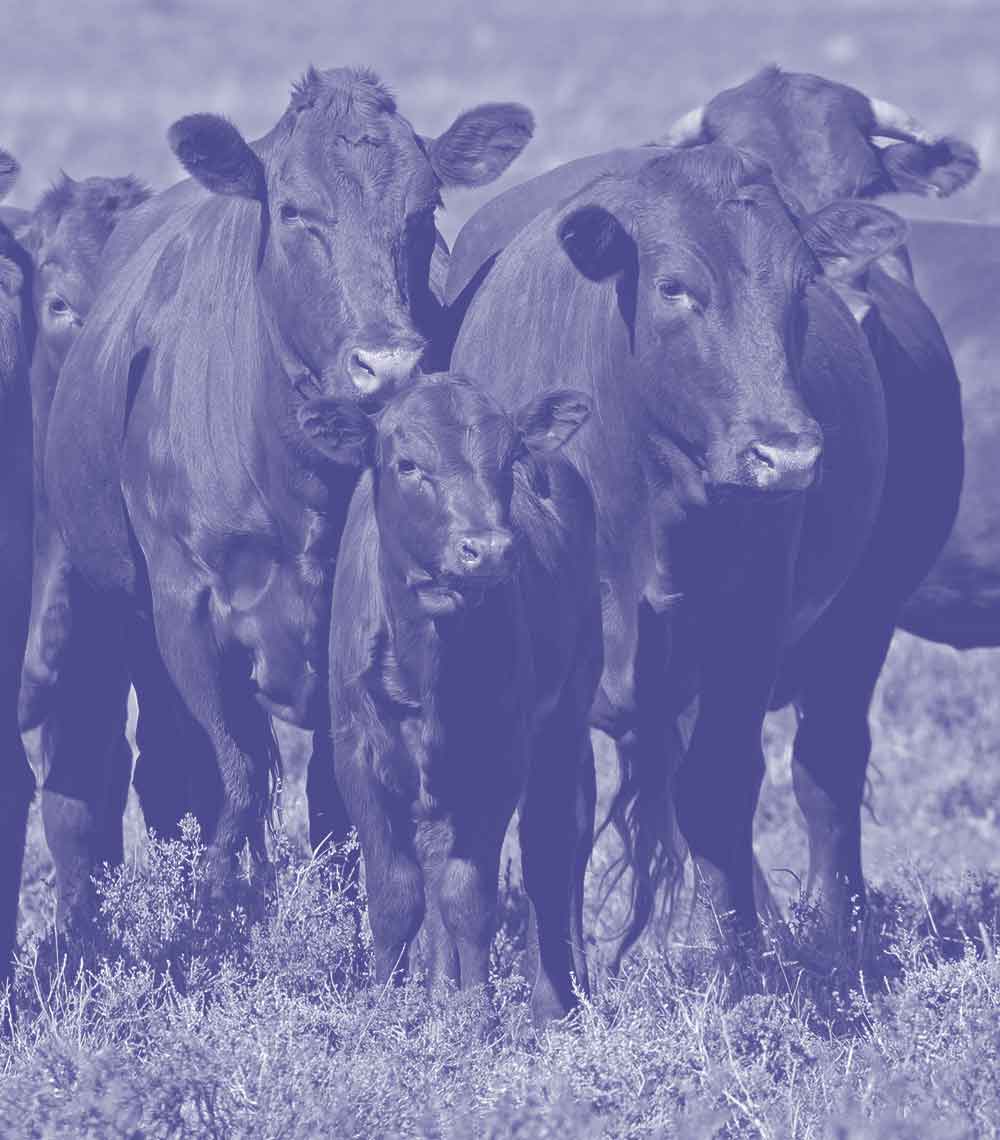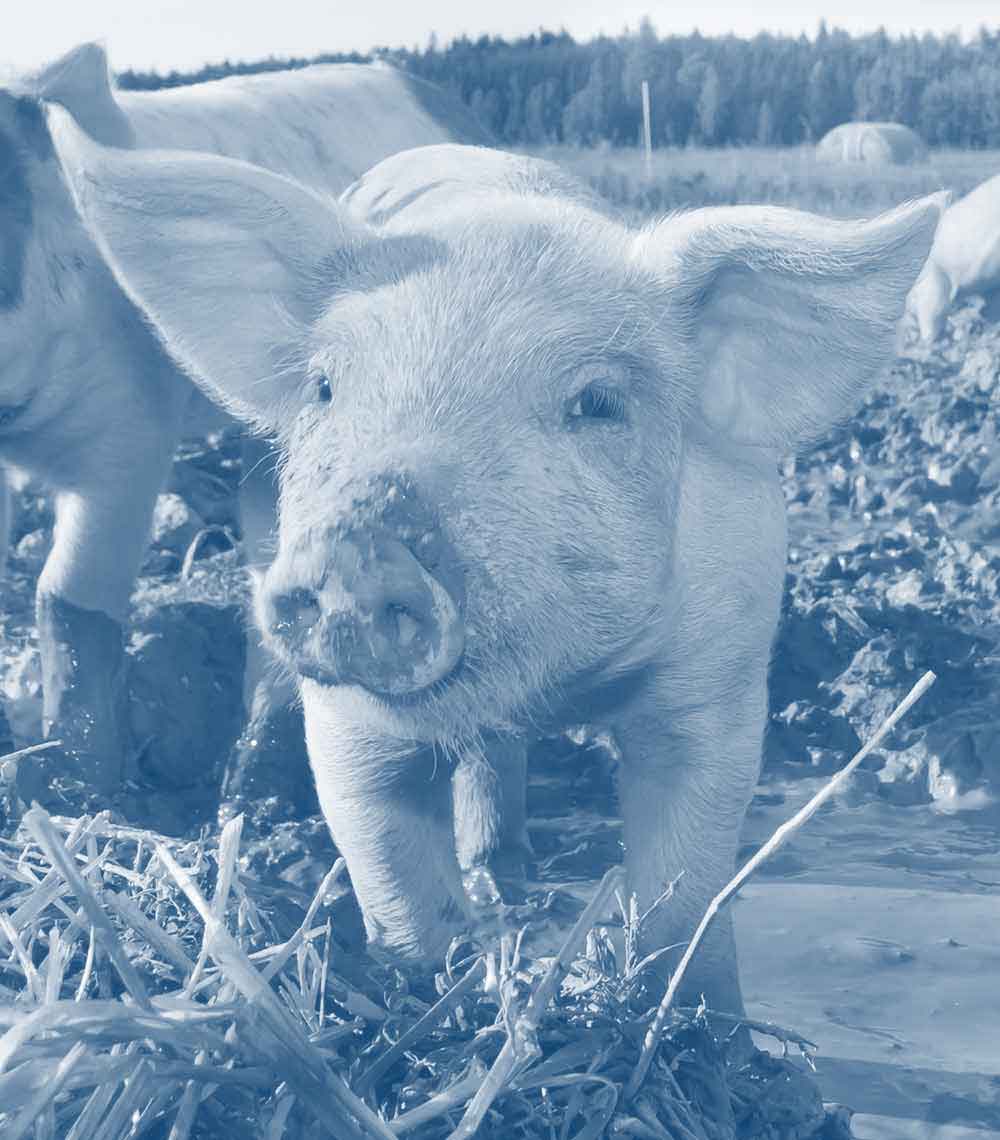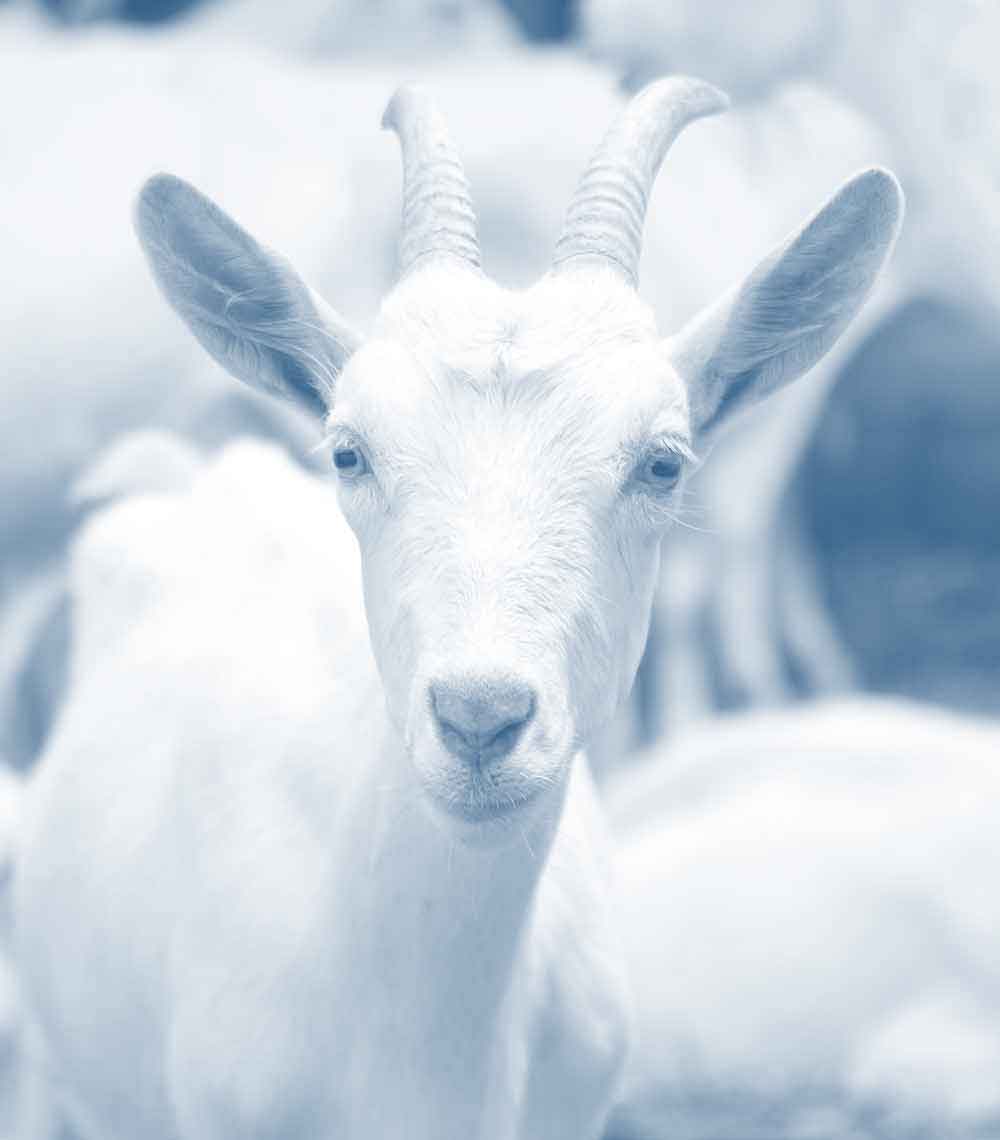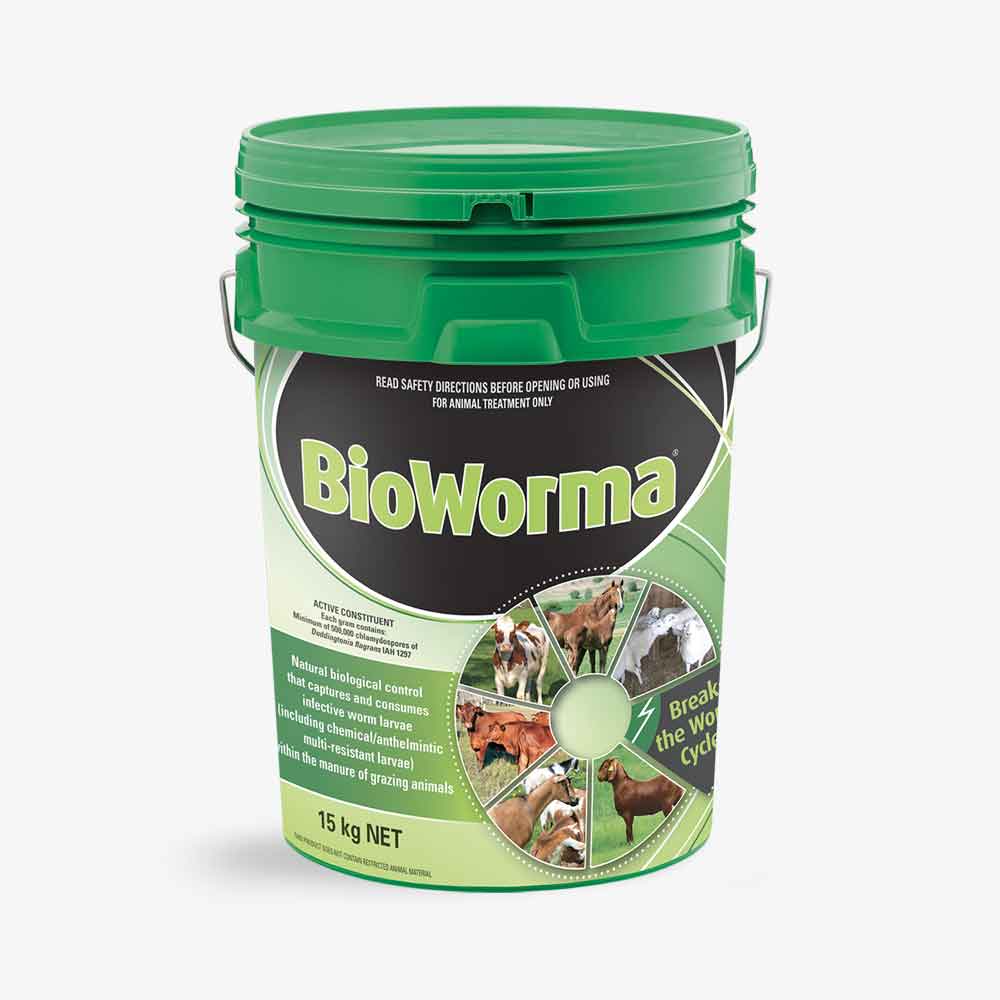
Control Nematodes in Manure
Natural biological control to reduce infective nematode larvae within the manure of grazing animals
- An in feed non-chemical biological control for the free-living stages of parasitic gastrointestinal nematodes of grazing animals
- Acts by substantially reducing the numbers of infective worm larvae emerging from manure onto pasture (including chemical/multi-resistant larvae)
- Biological control with Duddingtonia flagrans is applicable to the larvae of Horses, Cattle, Sheep, Goats and other grazing animals including Deer, Alpacas and Zoo animals
- A natural fungus that is safe, non-toxic and residue-free
- It has no negative effects on non-target soil nematodes, dung beetles, earthworms, microarthropods, soil bacteria and fungi.
- Australian Certified Organic - Certified Allowed Input No.12889
Pack sizes: 2 kg, 7.5 kg, 15 kg / 15 lbs*, 30 lbs*
Available: Australia, New Zealand, USA*
Q. How do you feed BioWorma?
Q. How much BioWorma do you feed Alpacas?
As an example, an alpaca that weighs 50kg (110 lbs) would require:
- BioWorma: 3 grams or 0.11 ounces
- Livamol with BioWorma: 50g or 1.76 ounces
If using BioWorma, mix the total amount thoroughly through their feed and ensure all alpacas have equal access to the feed. Livamol with BioWorma can be fed straight without mixing into another feed.
Q. How much BioWorma do you feed cows?
As an example, a weaner that weighs 250kg (550 lbs) would require:
- BioWorma: 15 grams or 0.55 ounces
- Livamol with BioWorma: 250g or 8.8 ounces
Q. How much BioWorma do you feed Deer?
As an example, a deer that weighs 50kg (110 lbs) would require:
- BioWorma: 3 grams or 0.11 ounces
- Livamol with BioWorma: 50g or 1.76 ounces
If using BioWorma, mix the total amount thoroughly through their feed and ensure all deer have equal access to the feed. Livamol with BioWorma can be fed straight without mixing into another feed.
Q. How much BioWorma do you feed goats?
The daily feeding rate of Livamol with BioWorma is 100g per 100kg or 1.6 ounces per 100 lbs body weight.
As an example, a goat that weighs 50kg (110 lbs) would require:
- BioWorma: 3 grams or 0.11 ounces
- Livamol with BioWorma: 50g or 1.76 ounces
Q. How much BioWorma do you feed Horses?
As an example, a weanling that weighs 250kg (550 lbs) would require:
- BioWorma: 15 grams or 0.55 ounces
- Livamol with BioWorma: 250g or 8.8 ounces
Q. How much BioWorma do you feed Sheep?
As an example, a sheep that weighs 50kg (110 lbs) would require:
- BioWorma: 3 grams or 0.11 ounces
- Livamol with BioWorma: 50g or 1.76 ounces
If using BioWorma, mix the total amount thoroughly through their feed and ensure all sheep have equal access to the feed. Livamol with BioWorma can be fed straight without mixing into another feed.
Q. What does BioWorma treat?
Biological control with Duddingtonia flagrans is applicable to the larvae of:
- Sheep & Goats: Barber’s Pole Worm or Wire Worm, Black Scour Worm or Hair Worm, Brown Stomach Worm, Nodule Worm, Thin-necked Intestinal Worm and Hookworm.
- Cattle: Barber’s Pole Worm or Wire Worm, Brown Stomach Worm, Black Scour Worm or Hair Worm, Hookworm, Intestinal Worm, Thin necked Intestinal Worm and Nodule Worm.
- Horses: Large strongyles, small strongyles (small red worms or cyathostomes), Stomach Hair Worm, Ascarids, Threadworms and Pinworms.
Q. What is Livamol with BioWorma?
Q. What is the difference between BioWorma and Livamol with BioWorma?
Livamol with BioWorma contains a minimum of 30,000 chlamydospores of D. flagrans IAH 1297 per gram mixed into a nutritious high protein feed supplement. The daily feeding rate of Livamol with BioWorma is 100g per 100kg or 1.6 ounces per 100 lbs body weight.
BioWorma®
Active constituents: Each gram contains: a minimum of 500,000 chlamydospores of Duddingtonia flagrans IAH 1297
The world’s first natural biological control that captures and consumes infective worm larvae (including chemical/anthelmintic multi-resistant larvae) within the manure of grazing animals.
Downloads:
S.D.S
DATASHEET (AUS/NZ)
DATASHEET (USA)

